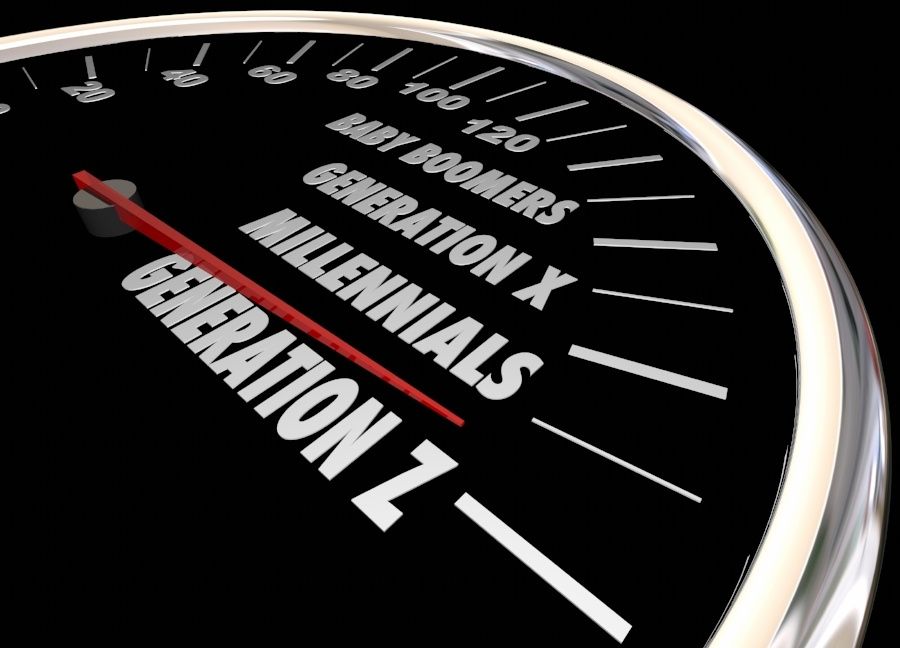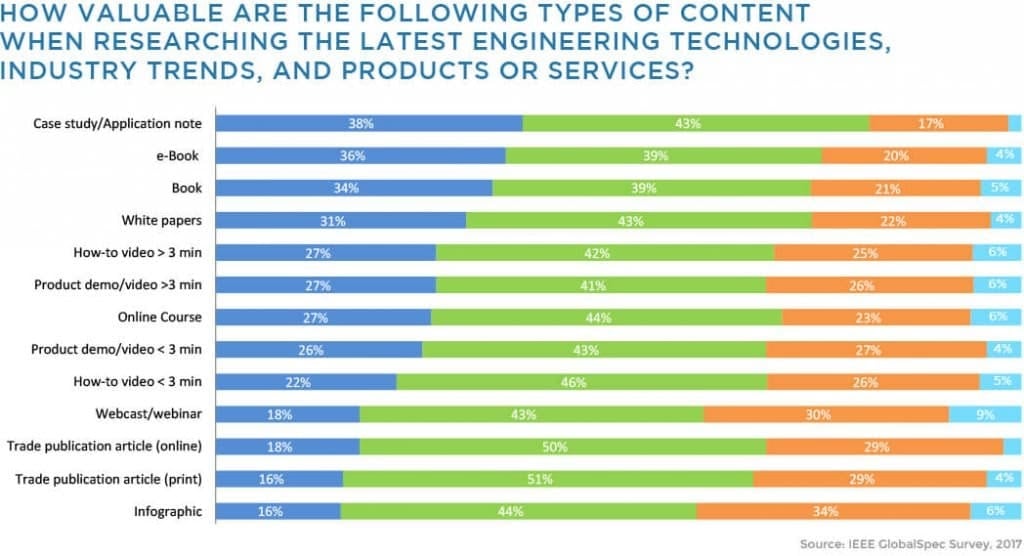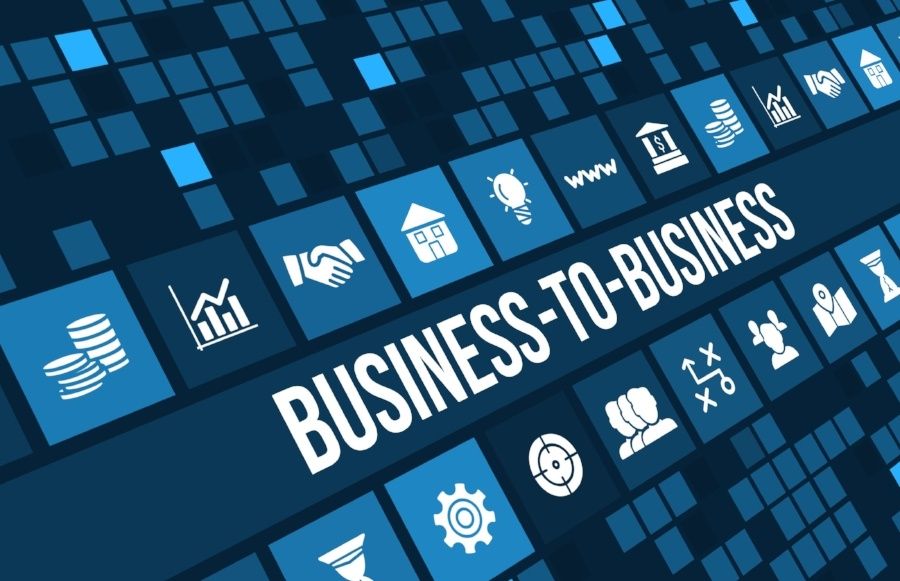
Copyright 2020 All rights reserved. Written by Tony Shannon
The COVID-19 pandemic is poised to change a lot about the way that people live and work.
From now until there is a vaccine available we will likely see certain restrictions in place in some areas, for the foreseeable future.
For instance, large-scale gatherings will likely still be restricted in most countries until the world as a whole has a better hold on the virus.
Consider how that changes things in different industries. There are the obvious examples — sporting events, concerts, and nightclubs are all businesses that are not poised to fare well in the coming months.
There is little that those venues can do to remedy the situation other than to make core changes to the product that they provide to customers.
Think about your own industry. What conferences are currently put on hold due to the Coronavirus? When will they, realistically, be able to come back?
In the weeks after the pandemic first made its way into the public consciousness, many industries experienced an unprecedented nose dive in such a short span of time.
.png)
Source: Bruce Clay
The trick here is not just to look at the data in the middle of the storm. We know that certain industries are affected by the virus.
We know that others, such as food delivery, are experiencing an unprecedented boom and finding it hard to keep up with the demand.
We know that there are many unexpected outcomes happening in industries all over the world due to supply chain changes and staffing issues.
These are all things you would expect from a worldwide economic shutdown.
But forecasting the lasting impact that these things will have on the economy and, subsequently, the way customers search for information and products is a more complicated task.
In this article, we’ll look at how some of the long-term impacts of the coronavirus will shift the way that consumers use search.
We’ll key-in on some common-sense steps that businesses can take to put themselves in position for long term SEO and inbound success during these uncertain times.
Let’s get started.
Work-From-Home Increases Will Fuel Suburban Local Economies
One logical prediction to make regarding outcomes from the pandemic is an increase in remote work in many industries, across the world.
Just take a look at the spike in searches for the term “remote work” at the beginning of the epidemic.
-2.png)
A similar spike is seen at around the same time for “remote work tools,” which would be a search phrase used by workers and management that are actively working from home.
-1.png)
Of course, right now, while stay-at-home and work-from-home orders are in place, we do see a huge lift in remote work. That’s to be expected.
But the real insight here is what impact this will have on the future of remote work.
How many companies will continue work-from-home policies after the orders have been lifted, for workers that can reasonably complete their job duties from home? If not full-time, how many companies will expand remote work options for employees from no option to part-time?
How many companies have realized that remote work isn’t a death-knell for productivity they had thought it would be? How many in upper management have ‘come around’ on the idea of letting employees work from home as a result of this forced test-run? Probably many, and employees agree.
A survey from Glassdoor, a jobs and career website, saw 67% of employees say they would support the decision by their employer to mandate employees “work from home indefinitely” due to the coronavirus outbreak.
A recent Gartner survey showed that 74% of CFOs and finance leaders stated that they intended to move at least 5% of their on-site workforce to full-time remote work. Almost a quarter of respondents said they will move at least 20% of their on-site workforce to permanent remote positions.
With remote work poised to become a more permanent fixture in everyday American life, we are likely to see a shift in spending toward local suburban economies.
The workers that once commuted an hour or more to their city-based jobs and subsequently spent much of their money in those cities will be more likely to spend their money at a local restaurant or retail store.
Local businesses will need to improve their optimization and make more of an effort to capture the attention of local customers that will have more opportunity to spend their money in their communities.
Keep a close eye on the prevalence and trends in local search in the coming months to see what impact work-from-home and general uncertainty have on demand in local suburban economies. This could be an area of opportunity in the coming year.
A New Status Quo for Engaging With Decision-Makers
Expanding further on the long-term impact of increases in remote work, we can predict that working from home might have a huge impact on B2B companies as well.
According to a report from Brookings researchers Richard Reeves and Jonathan Rothwell, employees with higher incomes are more likely to work from home.
-5.png)
There are probably many reasons for this. First, high-income employees have jobs that are less likely to require an in-person presence. They are more strategy-heavy and digital-centric. They are less likely to be customer-facing and therefore are better suited for remote work.
Additionally, companies are more likely to ask their high-impact employees to work from home to avoid contracting the virus and missing weeks of work when working from home can greatly mitigate the risk.
But this fact has a huge impact on B2B companies. Higher income employees tend to be more likely to be decision-makers when it comes to what solutions they invest in for this company.
With large growth expected in remote work for high-income employees, B2B companies will have to change the way that they engage with them. They are less likely to speak to someone who is a short walk across a few cubicles away from getting the next person on board with the decision to buy.
Additionally, decision-makers are likely to engage in more self-guided research regarding solutions. Communication, even in the best organizations, will be more infrequent and therefore companies should look to provide more materials to individuals to get them to the tipping point of bringing other stakeholders on board.
Tactically, what does this mean?
First, a higher focus on capturing emails from search traffic. B2B brands need to make sure that they can get their messaging in front of decision-makers more than ever to get the ball rolling. It may take more push to make that happen.
Additionally, companies should look to build out nurturing and email automation sequences.
To weather the storm and better tailor their operations to decision-makers that are more likely to be working from home, they’ll need to engage more often and with more impact than they were before.
Delivery and Curbside Pickup to Become More Common
We’ve seen a lot of disruption in the product and food delivery industry in recent years.
Services like DoorDash and Uber Eats have changed the way that restaurants engage with customers and made it easy for all restaurants to offer delivery options to their customers.
The pandemic has only increased demand in these areas. Let’s look at a few examples in search trends.
Food delivery:
-6.png)
Grocery delivery:
-3.png)
Curbside pickup:
-4.png)
Of course, we expect to see these sharp spikes in interest as shoppers look to avoid public spaces and opt for safer options.
But with a virus that is expected to still be making its way through the population for a year or more (until we have a vaccine), it makes sense that consumers will, on a long-term basis, continue to mitigate their risk and opt for delivery and curbside pickup.
Businesses that are able to offer these services, and make it abundantly clear in their marketing, will attract risk-concerned customers not just now at the height of the epidemic, but for months to come.
As more consumers become more familiar with the apps and ordering processes for delivery and curbside pickup, they may opt for them more often not just out of risk mitigation, but out of convenience as well.
In short, COVID-19 could facilitate a shift in behavior not just for virus-related reasons, but because through experience, customers begin to prefer these options organically.
Get Ahead of the Trends
Companies that wish to survive or even excel in the post-COVID-19 world need to do everything that they can to position themselves optimally in a changing economy with rapidly shifting customer behaviors.
It’s tough to predict the long-term effects that the virus will have on customer behavior and general economic confidence, but a few trends are clear.
Rapid increases in remote work will lead to increased cash injections in local economies as they begin to open back up.
More decision-makers will be working from home and that necessitates changes in the way that B2B companies will engage with them.
And it seems reasonable to expect that shifts in customer behavior, toward options like delivery and curbside pickup to help mitigate risk, will become a more prevalent part of everyday life.
Businesses that are able to watch these trends and get ahead of the changes will be best positioned for success in search and business in general in the months ahead.













